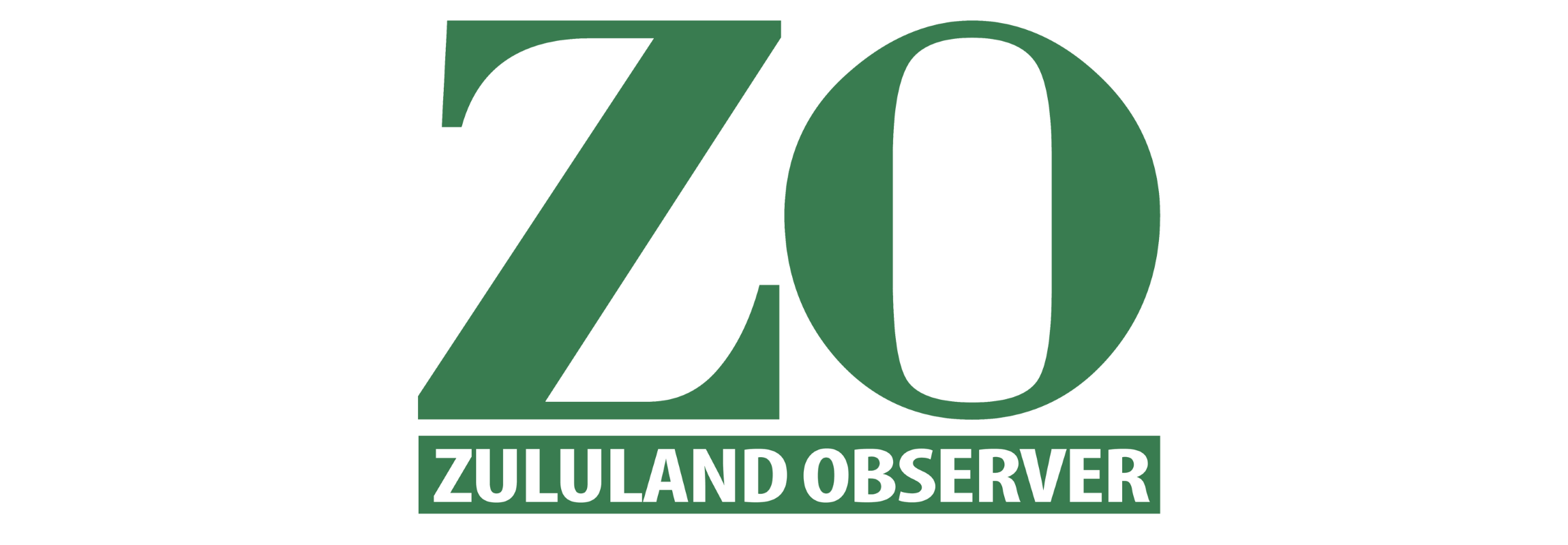
I HAVE often been asked to assist people wishing to take ‘better photos’ and asked what advice I can give them.
There are many aspects which make for a good photograph.
Camera settings, knowledge of subject and a dollop of luck are some of the more important aspects.
The meaning of photography, is ‘painting with light’.
Camera settings
Knowing your camera is the first step to better photography.
In this article, I will deal with three of the four camera settings affecting the light hitting the sensor of your camera.
White Balance will be dealt with on a later date.

PHOTOS: Larry Bentley
ISO
Depending on the camera, most photographers will be limited with their ISO setting.
Older photographers before the digital era will know this setting as ASA, which was the measure of film speed.
These days ISO refers to the sensor’s sensitivity to the light that enters the camera’s lens.
If set too high (above ISO 1600), graining or ‘noise’ can occur and this will show on the photograph.
With ISO being kept low, only two other setting are available, namely shutter speed and aperture.
Shutter speed
Your camera’s shutter speed refers to the time that the shutter is open and the camera’s sensor is exposed to light.
Fast shutter speeds are normally used to freeze action, while slow shutter speeds are used to create motion blur with moving subjects. The latter is also great for night photography or low-light situations.

PHOTOS: Larry Bentley
Aperture
Aperture is the size of the space or opening of the camera’s lens through which light enters.
Aperture determines how small or how large this opening will be, which affects your shot’s exposure.
The aperture is measured by numerical values called f-stop values. The smaller the number, the larger the opening and vice versa.
HAVE YOUR SAY
Like our Facebook page and follow us on Twitter
For news straight to your phone invite us:
WhatsApp – 072 069 4169
Instagram – zululand_observer

